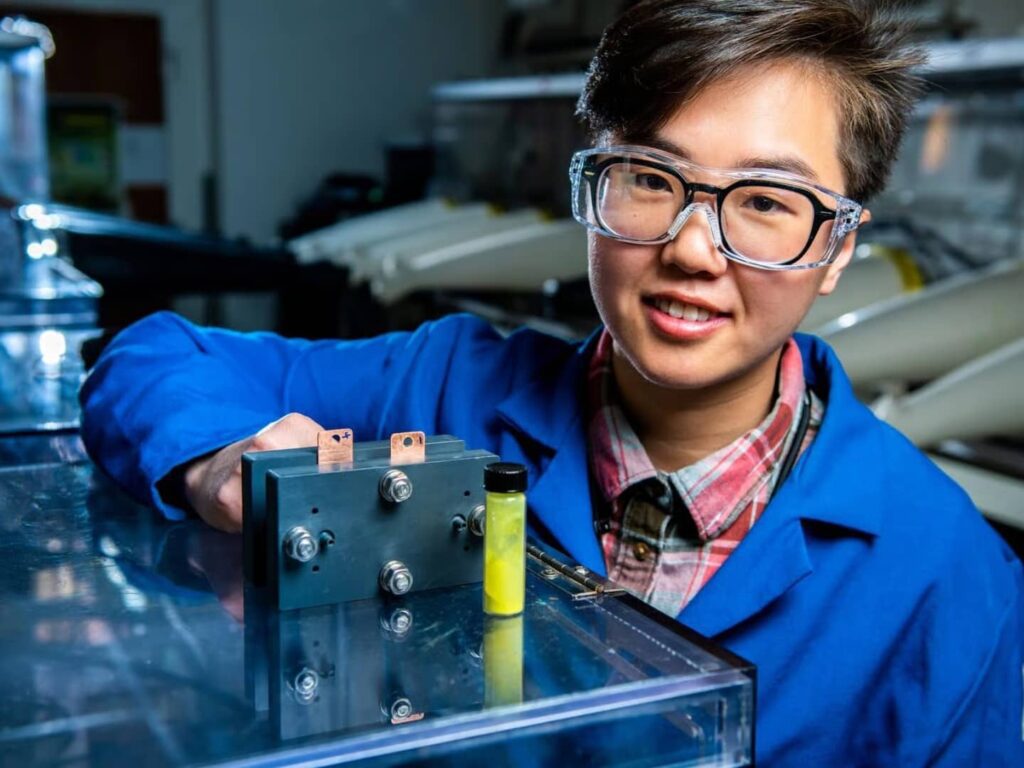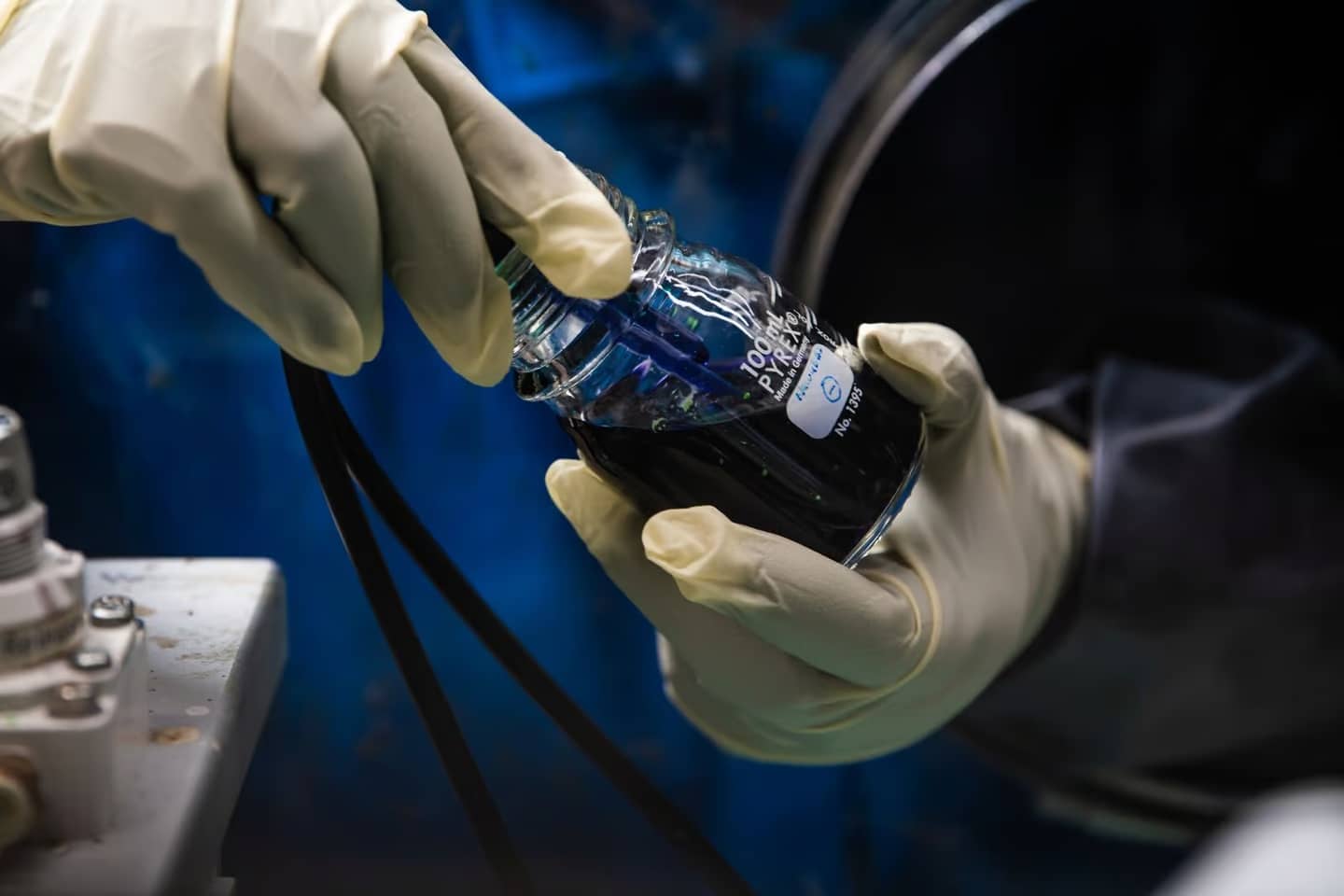The researchers of Pacific Northwest National Laboratory (PNNL) they found that adding sugar to the electrolytes of flow batteries increases their energy and lifespan. They used the β-cyclodextrin, a sugar that dissolves in water forming a molecular structure capable of capturing ions.
In this case, β-cyclodextrin captures positive protons, helping to balance the movement of negative electrons across the cell membrane. This speeds up the chemical reaction, increasing the energy produced by 60%.. After a year of testing, the battery retained nearly all of its capacity, improving on the performance of traditional flow batteries.
The team is now working on further optimizing the battery and evaluating other sugars with the same effects. This is a significant breakthrough that could lead to more efficient batteries for storing energy on a large scale. The study was published in the journal Joule (I link it here).
How flow batteries work
Flow batteries use two liquid electrolytes separated by a semipermeable membrane. When charging, a chemical reaction is generated, producing electricity. In the discharge phase, the reaction is reversed by releasing it.
Known for their durability, ability to store a lot of energy and flexibility, they are used to generate energy from renewable sources, store it in grids and electric vehicles.

All it takes is a little sugar...
Sugar increases the energy produced by these batteries, speeding up the chemical reaction. Increases their lifespan, protecting the membrane from corrosion. Above all, it makes them cheaper.
Flow batteries could revolutionize the energy sector, storing intermittent renewable energy and powering electricity grids 24/7. They could also power zero-emission electric vehicles. And sugar could accelerate their adoption, making them more efficient, durable and economical for various applications.
Conclusions
The discovery of PNNL is a truly important turning point, which makes the future of this technology, fundamental in the global energy transition, bright. With further improvements, “softened” flow batteries could soon be the protagonists of the ongoing sustainable revolution.


